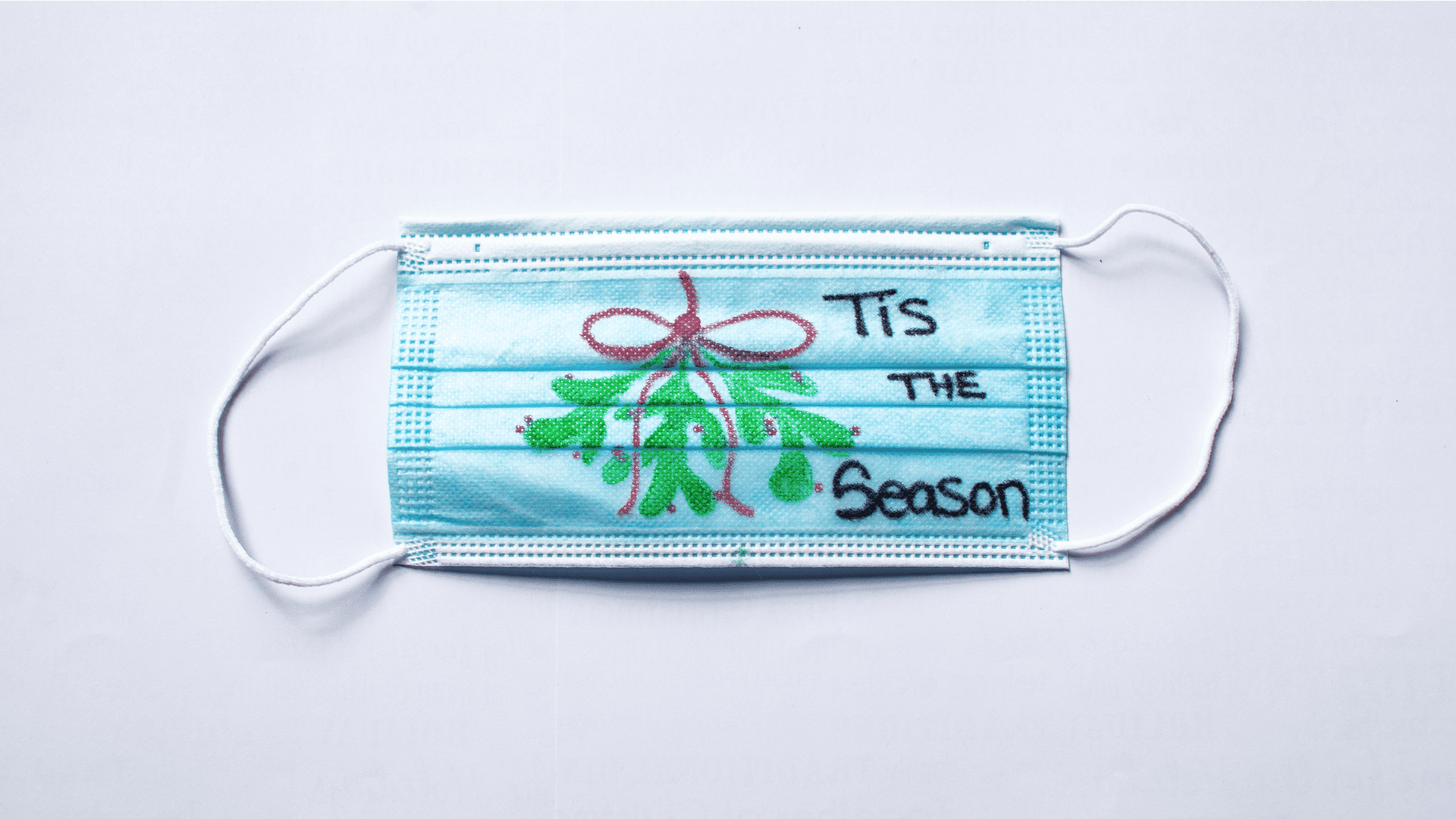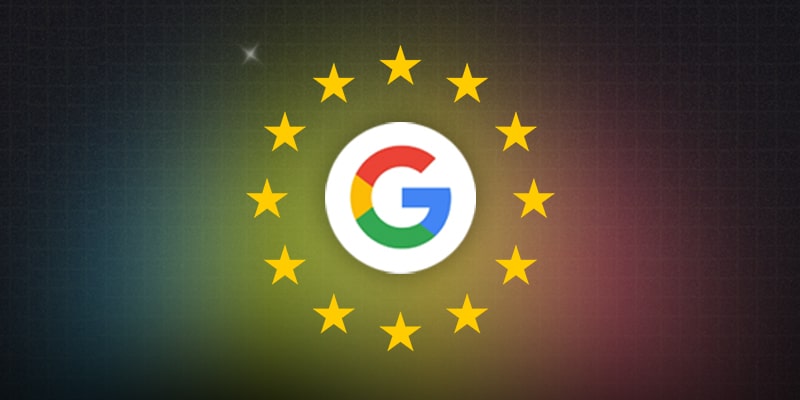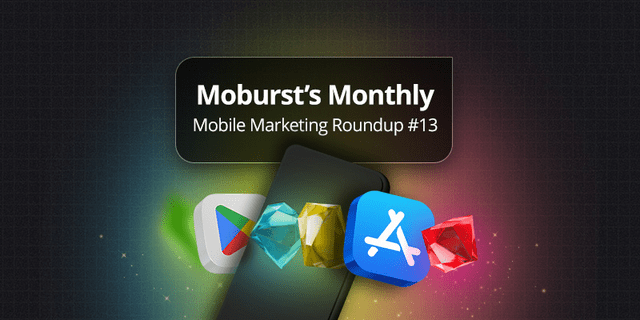Marketing Strategy Tips for the Holiday Season After COVID

‘Tis the season to get gifting, Holiday Season is in full swing. Stretching all the way from Black Friday at the end of November to the post-Christmas sales that kick off the new year, this season of shopping is a consumerist paradise for individuals and brands alike.
In-store shopping throughout the Holiday season has a stereotype. And it’s not exactly a positive one. Think huge crowds, endless queuing, elbowing and snatching. People want the sale bargains or Christmas gifts and they’re willing to do anything to get them – even camp outside the storefront overnight if necessary.
This isn’t exactly social distancing friendly, is it? However, with global economic activity at its peak during this period, it can’t just be sidelined.
Naturally, a shift towards mobile is inevitable, and not just in response to COVID-19. A trend in recent years has seen Black Friday sales shift more towards online than traditional in-store shopping, so the current restrictions in place worldwide are only going to exacerbate an already present migration. With huge stores such as Walmart and Target closing their doors on Black Friday for the first time ever, there’s only one place left to turn: online.
And where took up a hefty chunk of online purchases made on last year’s Black Friday weekend? Nearly 40% of Black Friday orders were placed via smartphone in 2019. Given the circumstances, it’s set to be an even higher number for mobile this year.
Perfecting Your Mobile Marketing Strategy for the Holiday Season
In the run up to the Holiday Season at the best of times, it’s crucial that you get your marketing strategy spot on. Now, amid a global pandemic, where many companies are scrambling to make up for lost profits and minimal media spending earlier in the year, it’s even more important to tailor your strategy to bring the most installs to your app. Endless online promotions send a staggering number of users to the app stores to get in on the Holiday shopping action.
Q4 sales are always through the roof, so advertisers always dedicate a lot of budget to it. This year, with the new economic landscape COVID has provided us with, you need to think about how to strategize most effectively in a season dramatically different to its predecessors.
The App Marketing Landscape in Today’s Economy
With the early onslaught of the pandemic, nobody knew the direction the economy was heading in, but back in Q2 and Q3 it seemed grave. Advertisers panicked and many media budgets were cut, particularly through March – September. In fact, Q2 and Q3 ad spending was nearly zero.
Now, with the economic climate having turned out better than advertisers initially anticipated, you may have found yourself left with a much larger budget than normal for Q4, to make up for the fact that your spending was so low in previous months. All of that leftover budget needs spending before the end of the year (or your CFO might not be so generous with the numbers next year). In many cases, budgets are nearly double what they would have been in previous Q4s, essentially making this year’s the strongest ever.
We predict that in these circumstances, the billions of dollars of sales generated by Holiday shopping won’t take too much of a hit. Throw into the mix the increased use of smartphones (what else are we meant to do with restrictions and lockdowns around the globe?) and that Cyber Monday became the first day ever when consumers spent more than $3 billion on their smartphones, we think it’s safe to say this number is set to stay on track. Or even out-perform previous years.
After all, if you can’t head to a shop to do your Christmas gift shopping at a time when people need cheering up most, where will you head? Online. And there’s nothing more convenient while you’re cosied up on the sofa with a glass of wine, browsing a gift section or two, than mobile apps.
To back this up, it’s been proven that COVID-19 didn’t dull the shine for mobile spending. Mobile spending actually remained the fastest growing channel throughout the worst affected months, with 94% of marketers considering mobile ads effective.
So, after all the worry between March and September, it seems that the current economic climate isn’t actually a disaster for the app marketing landscape after all. Let’s delve into how to deal with the strongest Q4 yet in the world of mobile marketing.
Diversify your Ad Networks and Boost your ASO
We now know that there are very high budgets to play with in this year’s Holiday Season. From that we can assume that some aggressive competition and hugely expensive ad spending will occur. What can you do to avoid excessive spending at this time?
Firstly, it’s good to know that the most common mobile ad networks are Facebook and Google. Due to the much higher search traffic, spending will be much more expensive (and more competitive) on these platforms. Other platforms will have much lower download costs, so we recommend trying to work on a wider range of networks, e.g. Snapchat, Pinterest, Quora and TikTok. Our top tip: don’t put all of your eggs in one basket. Diversify yourself and work with various ad networks for optimal results without excessive spending.
Secondly, pay attention to user intent during this period. Shops have much more search traffic and conversions during this time because there are many more high-intent users who are actually making purchases. Where do these users come from? The App Store and Google Play Store, where users are driven to via huge Holiday shopping deals. Consequently, it’s wise to heavily push your app optimization (ASO) on both stores.
How Does Seasonal Optimization Benefit Apps for The Holidays?
At Moburst in October – December, we encourage our clients to implement new screenshots and icons in the app stores to match the Holiday spirit. This could be anything from snowflakes to Santa Claus or a Christmas tree. This shows your app is up-to-date and relevant, thus making it more appealing for users to download. It’s best practice on both the ASO and Creative fronts.
What’s more, this period can also benefit heavily from updated metadata. Adding newer, more relevant keywords to your metadata, including words such as ‘discounts’, ‘sale’, ‘deals’, ‘gifts’, or even a term as explicit as ‘Holiday Shopping’ itself, can help you optimize your app and rank for these keywords at a time with tough competition. These keywords often increase in search volume during this time since they’re precisely what users are looking for, so if your app ranks for them you’re increasing the likelihood of higher traffic to your app page.
We also know that time-sensitive deals resonate well with getting users to convert. Nobody likes the feeling of missing out (we’ve all heard the term FOMO for a reason, right?) and so having the keyword phrases ‘Christmas Sales’ or ‘January Sales’ present a sense of urgency that users need to download your app now, see the deals or miss out. In the UK, you could refer to the ‘Boxing Day Sales’. It’s commonly known that urgency generates more sales, so it’s worth taking this on board for your mobile marketing strategy, too.
Here at Moburst, we also like to look at different search trends since user intent is different throughout the Holiday season compared to the rest of the year. At this time, it’s focused on gift giving. This is originally driven by Black Friday and Cyber Monday sales, then closed with New Year Sales; they’re what drive more users to the app stores.
Shining A Spotlight on Performance Players
Performance players, e.g. gaming apps, saw amazing results throughout the pandemic. The cost to acquire users over this period was significantly better than usual since most companies in other categories weren’t spending a lot between March – September, meaning there was far less competition.
Take travel apps for example, such as Kayak or Expedia. They had no need to try to acquire new users since travel had mostly halted, and so they could stop spending money on media. Therefore, for everyone, the cost of media declined. On the flip side, performance focused apps spent more than travel apps because it was prime time to take advantage of the decreased costs.
The Holiday Season Impact on Performance Players
It’s important that your media budget is spent in full before the end of the year, so that you’ll be granted access to the same budget, or higher, the following year. This is another reason why at the end of every year, with media budgets being used up, the cost of advertising is always higher.
However, now is a time when performance players usually scale down their budgets. Performance players don’t depend on the same consumer frenzy that is driving everyone else to scale up, producing high costs on ad networks. With the added factor of COVID leading to many companies spending even more this Q4, the following few months are set to be even more expensive than usual. Which means even less incentive for performance players to keep their media spend high.
The above applies unless a performance company has a very specific deal or promotion during the holiday season. Usually, though, their offerings aren’t seasonal and their profits don’t depend on holiday sales to the same extent as e-commerce apps, for example. E-commerce apps will be trying to sell more products at a time when everyone is buying gifts, and so will take a more aggressive approach to Black Friday and Cyber Monday media buying. They’ll definitely scale up to capture as much of the user intent (which at this time is gift buying) as possible.
As a result, we’ll probably see another surge in the cost per impression, cost per click and cost per media, which generally happens in Q4 anyway. It therefore makes little sense for our performance clients to keep their spending up. The same user can cost $5 in December vs. $2 in January. In a nutshell, you don’t spend during the most expensive time of the year unless you have to. Performance companies don’t have to, so they generally don’t.
Brand Awareness and Engagement
Sure, the Holiday season brings with it increased sales for your product(s). But the real winner is the customer, who’s come away with a bargain while you’ve reduced your profits. That’s why the aim of the game with seasonal sales is really brand awareness. It’s imperative that your marketing strategy reflects the long game, keeping all of your efforts true to your brand. It’s not a time to throw your brand image out of the window in the name of big discounts.
In order to take this holistic approach, you need to ensure the user journey your app offers is at its A game. There’s no room for clumsy user experience here, that can see users drop off like flies. It’s all well and good acquiring new users, but what’s the point if you can’t retain them? Engagement is just as important as acquisition. Perfect your user journey, and the users are far more likely to stick around with your app even after the season of giving.
We believe this holds even more significance this year when the option for in-store shopping is reduced. There’ll be plenty of people who usually prefer to shop in-store, but can’t or won’t right now. For you and your app that’s great news, but only if your user journey is on point enough to get them to convert.
This means testing is key. The more you test your app, the more you can weed out any friction in the funnel to conversion or anything that would deter users from continuously using your app.
What’s more, many Holiday shoppers move between various devices before making a purchase, meaning your cross-device tracking is essential. Our tips include linking web and mobile app shopping carts, focusing on omni-channel marketing and using short emails as reminders of what’s waiting for customers in their cart.
Retailers that targeted mobile shopping saw the biggest Black Friday conversion wins in 2019, with mobile driving the most traffic. So it seems that focusing on the above is the way to go.
Key Takeaways
All in all, COVID-19 may have turned the year upside down in many ways, but the app marketing landscape in the Holiday Season seems to have come out on top.
To sum it all up, you should make sure you’re diversifying your ad networks, considering platforms such as Snapchat and Tiktok as opposed to just sticking to Facebook and Google. You should also be boosting your ASO, particularly with seasonal optimization in your app icon or metadata to show your app is updated and relevant.
Beyond that, keep in mind what’s going to benefit your app in the long run, and it’s not a bunch of one-time users making the most of a bargain. It’s all about luring the users in with a deal and then showcasing what a great app you have in order to keep them around as engaged users. To achieve this, you’re going to want to perfect the user-journey and tracking.








